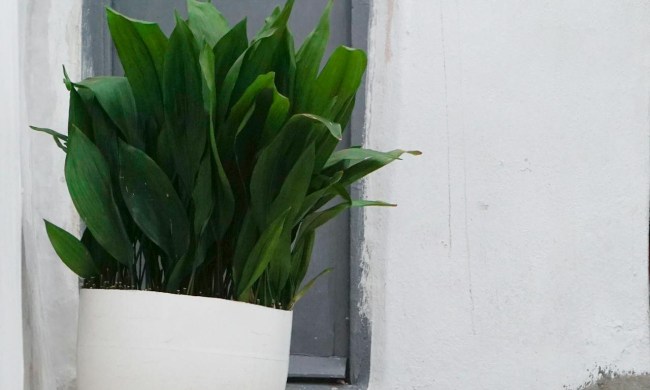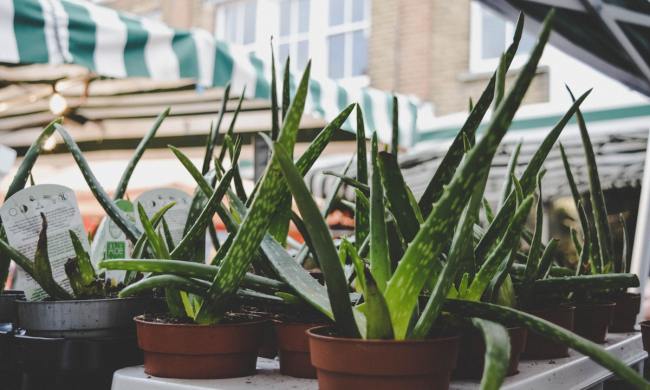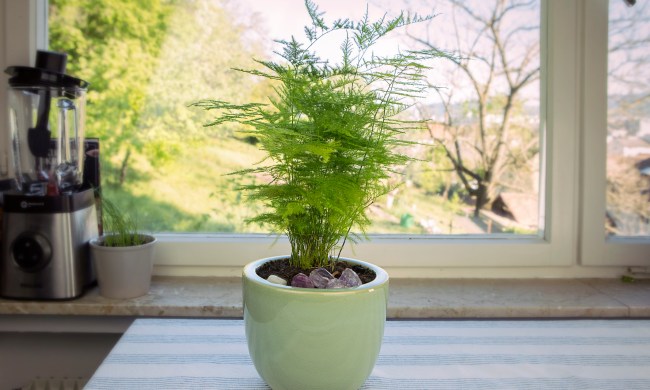Most people think of Christmas trees when it comes to ringing in the holidays with plants. Striking as they may be, Christmas trees don’t last well beyond December, no matter how fun it is to furnish them with bright twinkling lights and sparkly garlands. What can last, however, are colorful houseplants. And luckily, there are plenty of winter plants that thrive indoors and heighten the yuletide cheer. If you’re looking to bring in greenery beyond a chopped-down or artificial pine this Christmas, read ahead!
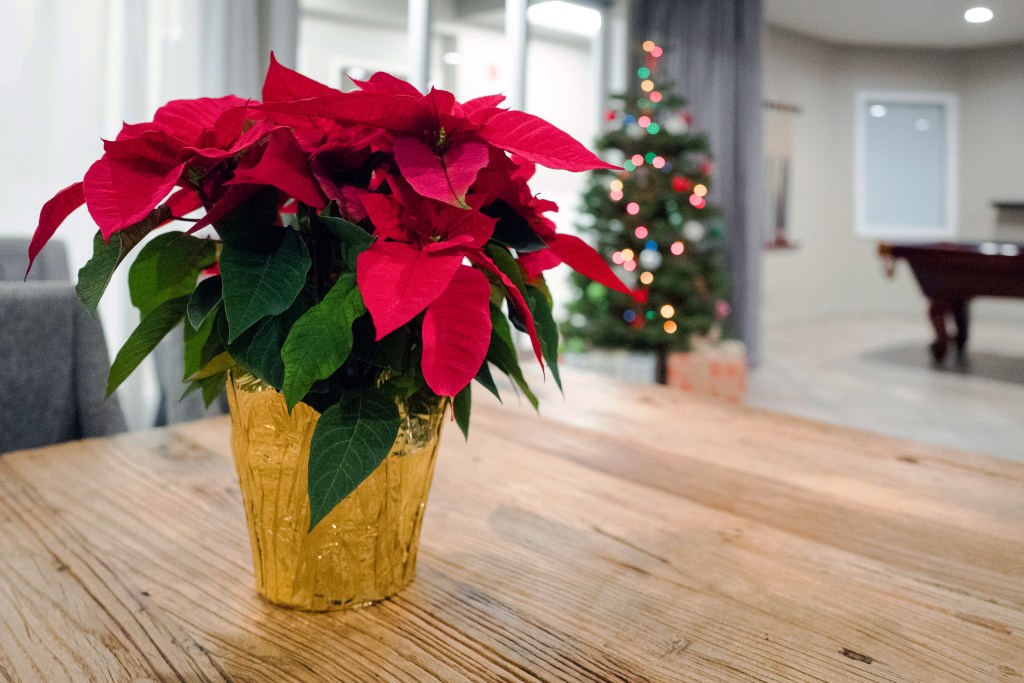
Poinsettia
The cheerful poinsettia is synonymous with the holidays, coming predominantly in red, pink, and cream. Luckily, there’s no shortage of the plant in November and December. You’ll find this bright plant at your local supermarkets and garden centers without a hitch. What is usually mistaken for flowers are actually colorful leaf bracts. To care for a poinsettia, err on the side of underwatering, and give your plant bright indirect light and warm temperatures to help it flourish.

Christmas cactus
It’s in the name — the Christmas cactus is one of the most common holiday plants. This houseplant features bright red, pink, or purple blooms and flat succulent leaves. It’s technically a cactus, but you’ll want to go above the typical succulent care to help it thrive. In order to yield blooms, the Christmas cactus needs a period of darkness and coolness. It also appreciates moderate humidity and occasional waterings to keep its leaves happy. With a little extra mindfulness, you’ll have beautiful flowers to proudly display come Christmas.

Red-veined nerve plant
How much more festive does it get than with the red-veined fittonia or nerve plant? This compact plant features deep green leaves with stunning red veins to help you ring in the holidays with the perfect color palette. It thrives indoors and only has one main requirement to stay lush: adequately moist soil. The biggest thing to know about this plant is that it will wilt without sufficient water, and it may not survive repeated fainting spells. Additionally, give your plant bright indirect light so that it retains its color.
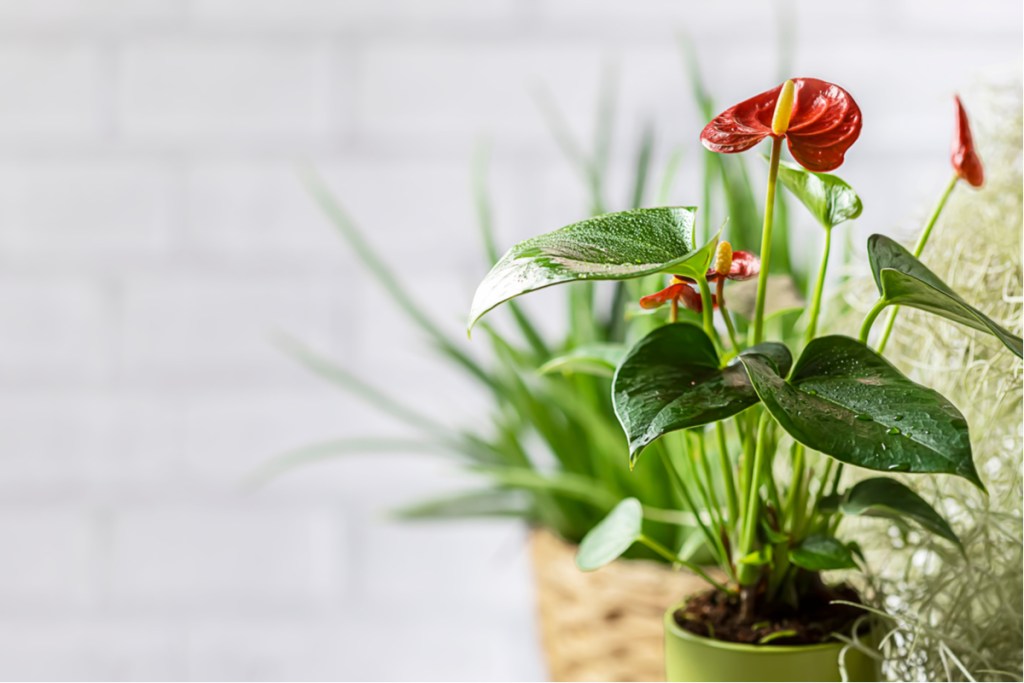
Anthurium plant
The anthurium features long-lasting flowers that will likely last you through the holidays and beyond. The anthurium red plant is an especially festive choice with its scarlet flowers. It thrives in bright indirect light, yielding more blooms with more light. It doesn’t need to be watered too often — just give it a drink when half of the soil dries out. Fertilizers with phosphorus will also help with bloom production, but make sure only to feed your plant during the growing season.
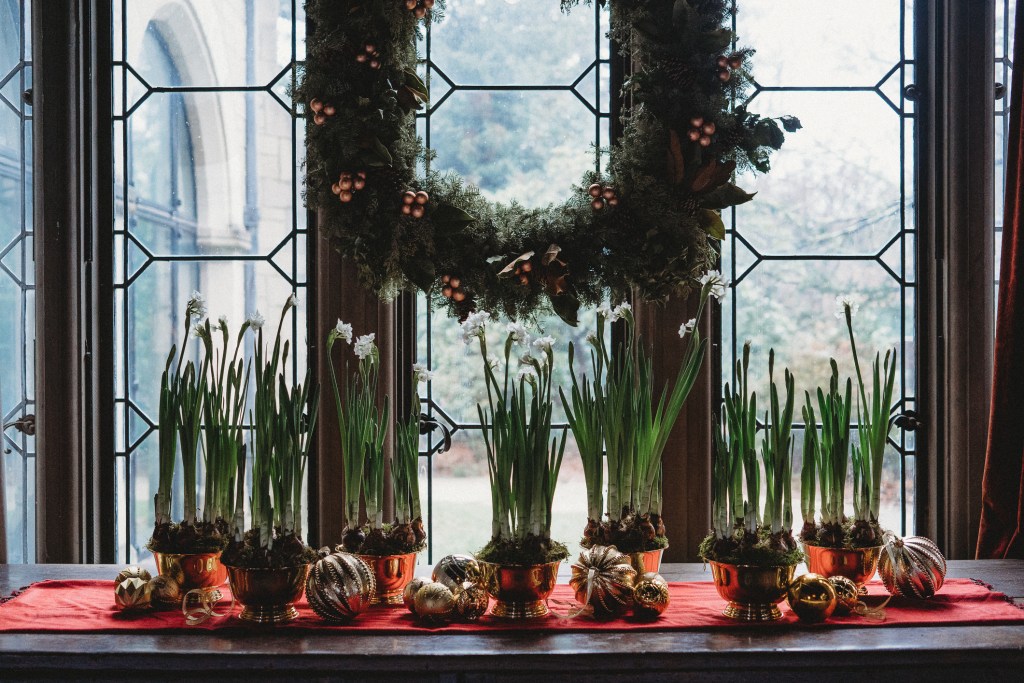
Paperwhite
If you want a minimalist look this holiday season, pick out an elegant paperwhite plant to place on your mantle or table. You don’t even need soil — all you need is a tall glass and gravel and water to place bulbs in for beautiful blooms in weeks. In fact, some supermarkets and garden centers even sell bulbs already in water. If you want your paperwhite plant around beyond the holidays, place your bulbs in a potting mix and give them bright light. If you live in zones eight to 11, you can plant bulbs from the water method outside to encourage spring blooms.
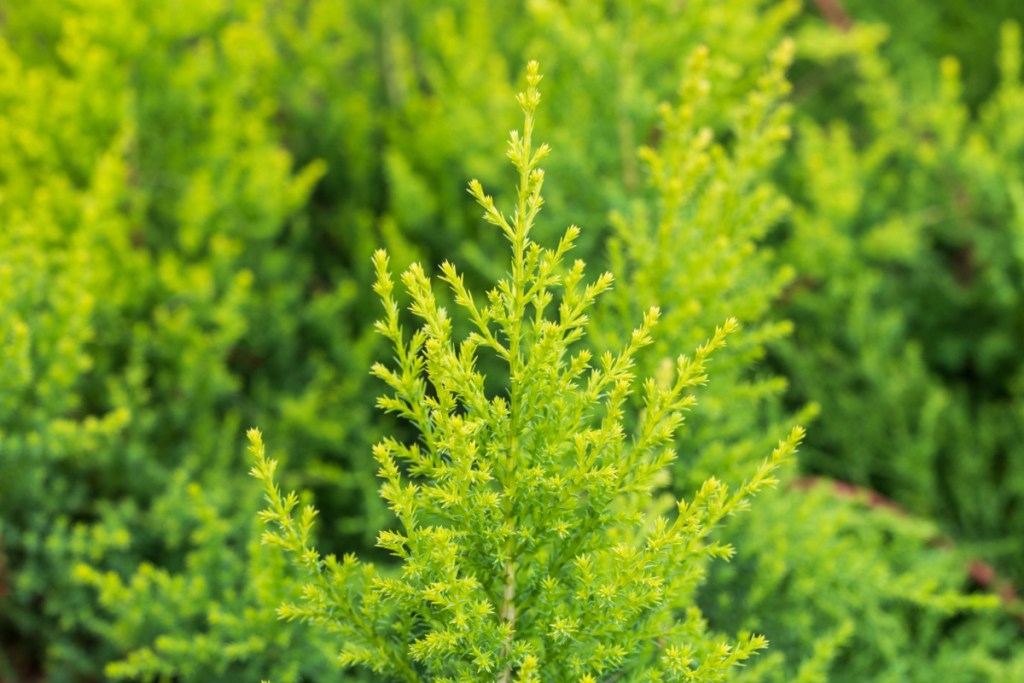
Lemon cypress
Don’t quite want to deal with the size of a Christmas tree (or the post-holiday cleanup)? Get yourself an indoor cypress tree that’ll last and exude a lovely lemon scent. The dwarf variety usually doesn’t grow any bigger than 3 feet tall, making it just big enough for decorations, but not so big that it overwhelms your space. As a houseplant, the lemon cypress tree appreciates cool temperatures around 60 degrees Fahrenheit and anywhere between six to eight hours of direct light. Only water your tree when it’s dry, or else brown needles may start shedding.

Miniature rose plant
If you don’t want to show up to a holiday dinner empty-handed or need an attractive table centerpiece, pick out miniature potted roses — grab white, orange, red, pink, and other varieties! The miniature rose plant will stick around longer than a bouquet. Give it bright light for at least five hours a day, or use grow lights if you don’t get enough natural lighting. The adorable flowers enjoy humidity (either with a pebble tray or a humidifier) and waterings once the top inch of soil dries out. In spring, prune dead foliage and apply a slow-release fertilizer.
There’s more to the holidays than rockin’ around the Christmas tree — you can also get festive with colorful houseplants. From poinsettias to paperwhites, there are plenty of Christmas plants that help evoke the holiday spirit while being long lasting and less high maintenance.

